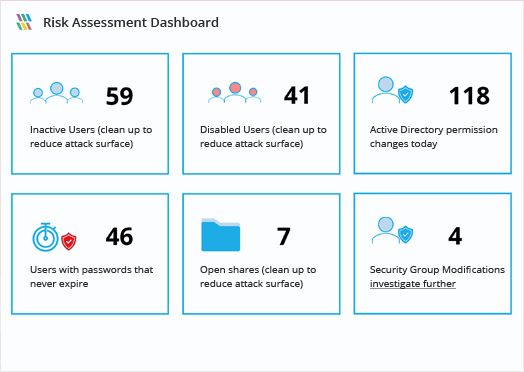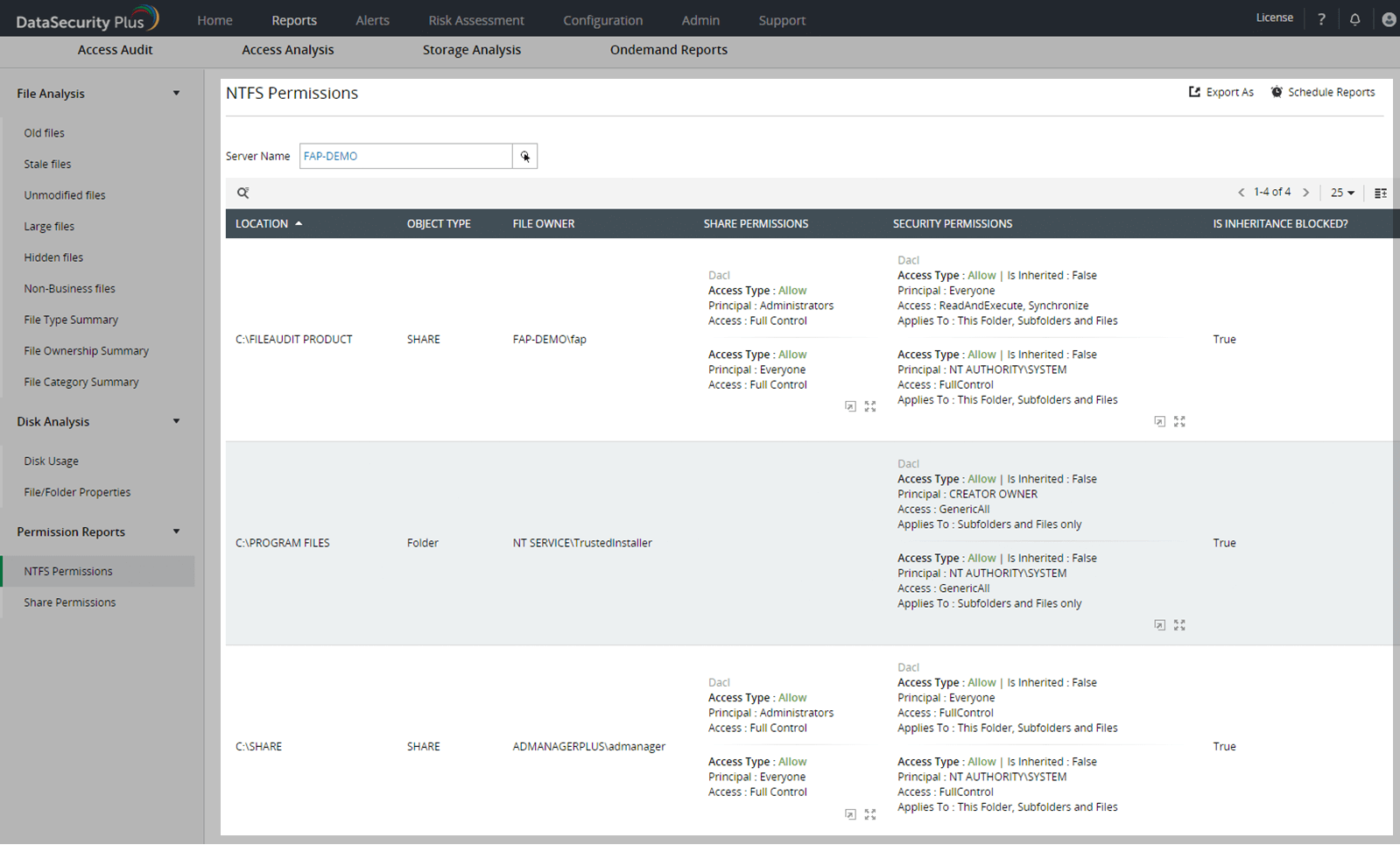



Generate the custom report, go to Site Settings > Audit log reports > Run Report will be filtering the records based on user selection. Note that under the hood SharePoint has saved all the event records. Need to get a report based on / or a combination of: We can try using the Custom Report generation. There are two tabs on the XLSX file – Summary and On the Click here to view report link to view the report. (The report is aĭocument and hence a document library is required to save it.) In the appearing dialog, enter the document library where you On the Content Viewing as this time we are interested in only Viewing The appearing page View Auditing Reports you can see there are various We can proceed to view the audit entries just created. You can use the Audit Too many event auditing queues causes more work to the server andĬan degrade the performance. Note: Please note that in real world scenarios you should only enable theĮvents required. These activities should trigger the Audit entry You have enabled Audit you can go ahead and try accessing/modifying existing The Configure Audit Settings page opened, specify the events to be audited. Following are the topics we are discussing in this article:Ĭan enable audit for a site collection from the Site Settings > Audit The hood, SharePoint uses events and a SQL Server table to retrieve and save What is Auditing in SharePoint?Īuditing involves Activity Tracking inside the SharePoint environment. The auditing reports generated can be used by Administrators or Managers to determine the usage of SharePoint resources.īy enabling Auditing we can track activities like:įollowing is a sample of how a detailed audit report looks like: This is a built-in feature and provides a great amount of flexibility for Administrators and Developers. In this article we explore the Audit feature of SharePoint 2010.


 0 kommentar(er)
0 kommentar(er)
